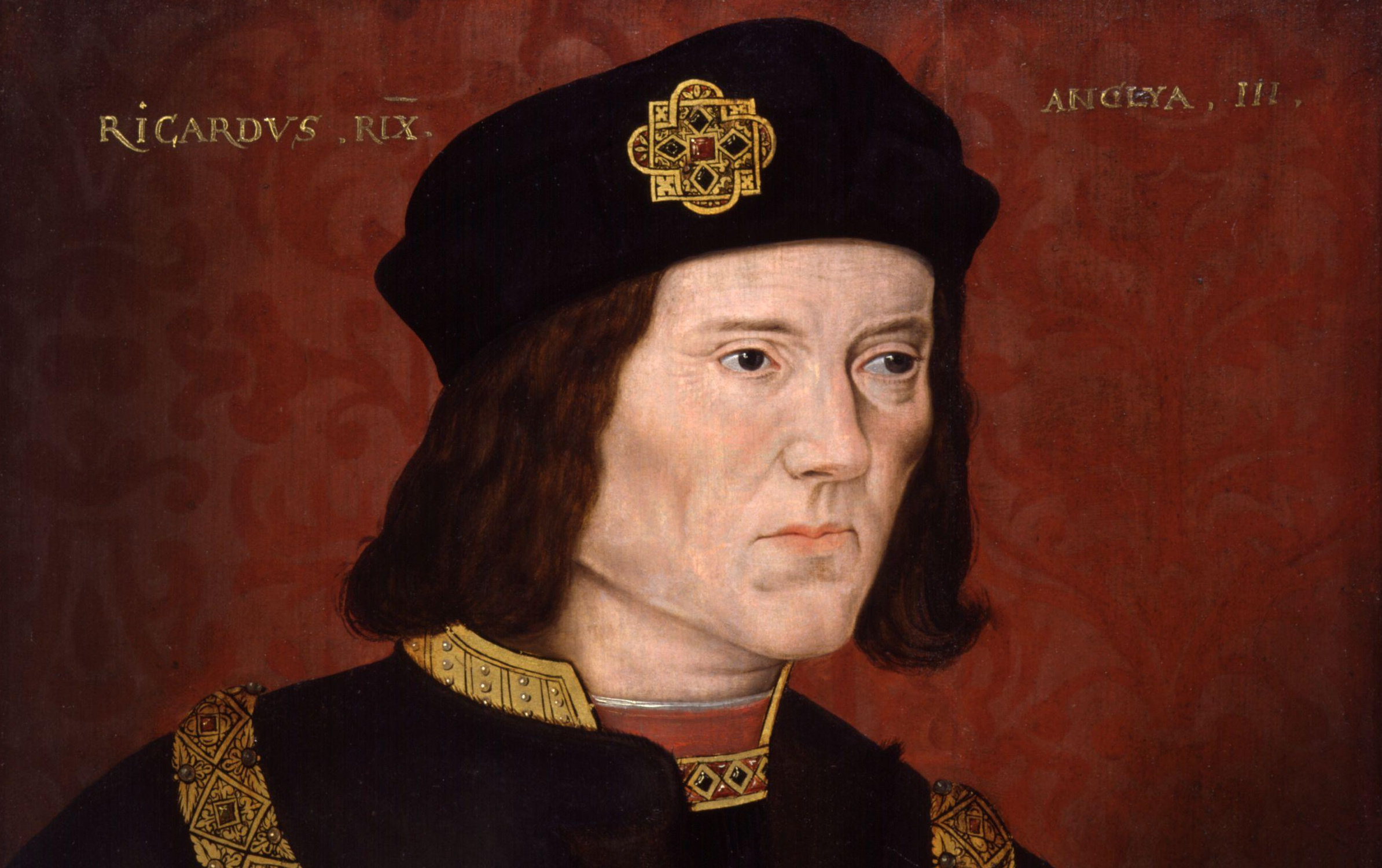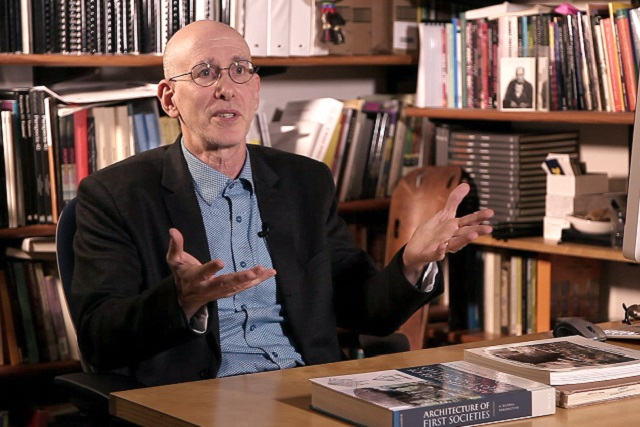Leonardo da Vinci
Historian of Art Martin Kemp on Leonardo da Vinci’s intellectual contribution to engineering, Madonna Lisa, and the history of Earth
faq | May 26, 2017

Leonardo da Vinci took the scientific foundations of Renaissance art — perspective, light, proportions, anatomy, and so on — and extended them into almost every aspect of the investigation of nature. He saw art as the ultimate form of visual knowledge, founded on an understanding of how nature works. In all his activities, he sought a core of mathematical rules – mathematics, statics, dynamics – that governed the operation of all things in nature. The rules dictated how we should re-make nature in art, science, and technology. Every machine can be regarded as a new kind of “body”, taking its cue from nature but not directly imitating it. All of his inventions were founded on an understanding of the sciences of nature. No one had done this previously in quite this way.
Biography
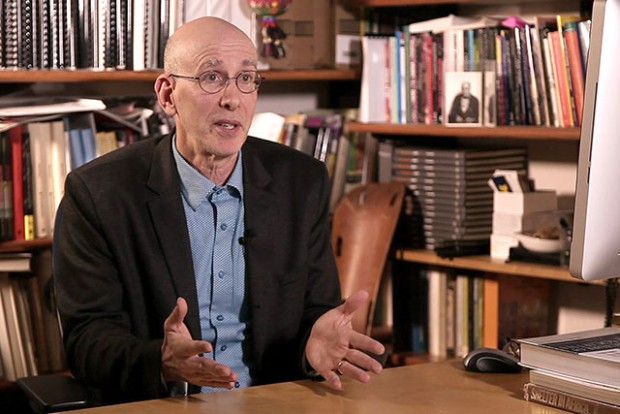
We should note that a number of Renaissance artists worked as engineers. The builder of the dome of Florence Cathedral, Filippo Brunelleschi, who was trained as a goldsmith, became renowned as an engineer and invented the pictorial perspective. Leonardo clearly had an aptitude for mechanical design and knew about Brunelleschi’s machines. Florentine artists were also beginning to explore the anatomical machinery of the human body. Leonardo went much further than his predecessors. He educated himself in a wide range of sciences, looking above all towards those aspects of ancient, medieval, and Islamic natural philosophy that placed the empirical investigation of nature at the heart of human understanding. This was the best way to comprehend the wonderful perfection of God’s creations.
By the end of his life in 1519, in the service of King Francis I, he was revered as a “wise man” as much as an artist.
Inventions
The answer to the question depends on what we mean by “important”. If we mean “important” to us, this is not the right question. Judging Leonardo’s impact on our age is not a particularly helpful way to look at him. It implies that we have to judge him through his influence on others (then and later) and practical importance for us rather than for the majesty of his vision in its own right. In terms of technology, his vision embraced the potential of civil and military engineering on huge scales and involving complex levels of automation. The designs for the grandest machines were consciously visionary and lived on paper as a form of “visual boasting” directed at patrons rather than aspiring to be actual constructions.
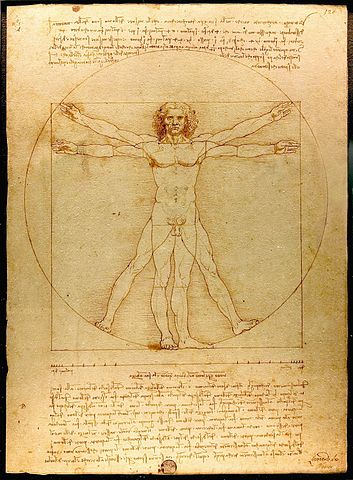
The Vitruvian Man, 1485. Accademia, Venice // wikimedia.org
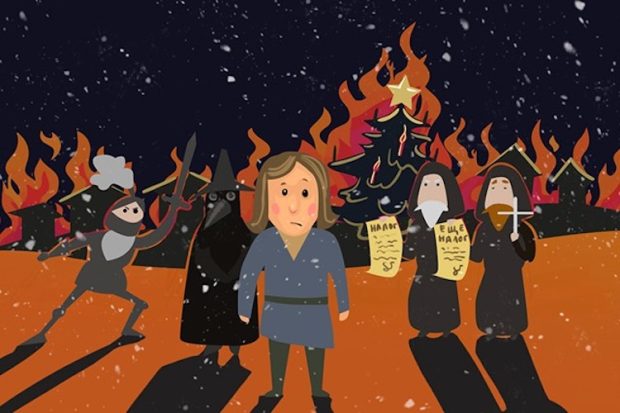
I believe his most important intellectual contribution to engineering was that he was the first to insist that mechanical devices should be designed in keeping with the mathematical laws of nature. He was also the first to invent separate components or “elements of machines”, which could be deployed in various devices.
If we treat art as an “invention”, which he would wish us to do, he saw painting as the ultimate form of visual knowledge. He invented a “brainstorm” method of sketching that resulted in dynamic compositions. He reformed how narratives are told, how Madonnas are characterized, how portraits communicate, how light, shade, and color are handled, and how motion is described. Michelangelo and Raphael were affected. Later Rubens and Poussin and many others.
The Idea of Naturalism and Science
The jobs of the artist and scientist were essentially the same. All the visible effects of nature should be observed in the most rigorous way, seeking (with the help of experiments where necessary and possible) the reasons why things look and work as they do. This extended across all the arts and sciences. The ultimate proof of the rules that Leonardo extracted from nature was the re-making of natural effects from their causes. If, for example, he had arrived at a correct understanding of the complex motion of blood in the valves of a heart, it should be possible to build a physical model of how the valves worked. He planned to make a glass model of the eye to confirm how it functioned. If he understood how optics worked in the external world and how the eye functioned, he should be able to make paintings that looked like “second nature”. This means that naturalism is not taking a kind of “photograph” of nature but reconstructing and demonstrating how nature works.
The modern view of the Mona Lisa
Many of the modern views of the Mona Lisa are wide of the mark. Such is the hold of the picture that people want its origins to be exceptional. Legends and myths abound. It is a truly exceptional image, but it has unremarkable origins.
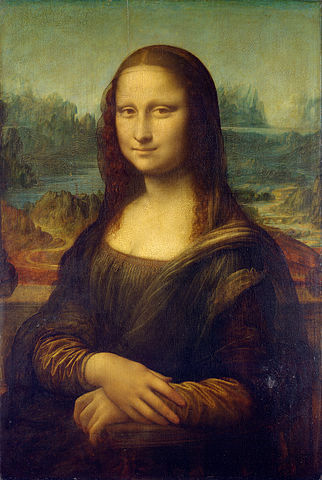
Mona Lisa, between 1503 and 1506 // wikimedia.org
The painting began as a portrait of a bourgeois Florentine woman, Madonna Lisa, wife of Francesco del Giocondo, a silk merchant, trader, and money man. Over the years, it developed into a “universal picture” into which Leonardo poured all his knowledge about optics, vision, psychology, human communication, anatomy, geology, water, and the behavior of materials. He aspired to surpass Italian poets in their stereotyped evocations of the eyes and smiles of their beloved ladies, who were always elusive and ultimately out of reach. He kept the painting with him all his life. He put so much into it and, at the same time, left the definition of the forms so elusive that everyone is invited to exercise their own imagination on what they see.
To answer these questions, we really need a big book. I am publishing one with Oxford University Press in June. My co-author, Giuseppe Pallanti, has lots of new information.
Leonardo da Vinci’s contribution to geology?
The area on which he exercised the most impact was geology. He saw the “body of the earth” as nourished by “veins of water” in a way that was analogous to the human body. It has a life of its own. Looking at the strata of what we call fossils, he deduced that huge tracts of land were once submerged over vast spans of time. The few days of the Biblical flood could not have been responsible for the successive layers of shells. He developed a majestic vision of the earth’s crust collapsing and being raised, with huge shifts in the relative centers of gravity of the irregular earth and the sphere of water. He envisaged that much of Tuscany was once underwater and that the Mediterranean might one day be transformed into a great river. He also argued that the moon was essentially similar to the Earth, with its own oceans.
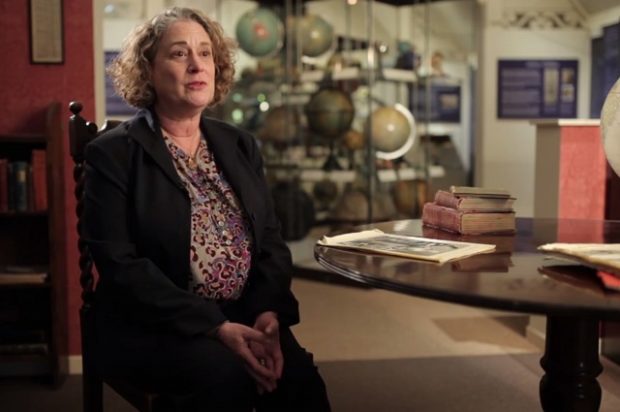
Current research
There is a gratifying amount of research by younger scholars into every aspect of his work, particularly his science and engineering. The original manuscripts, particularly the Codex Atlanticus in Ambrosiana in Milan and the Codex Arundel in the British Library, still have much to tell us. There is also much to do on the later knowledge of his manuscripts.
Alongside this is all the insanity unleashed by Dan Brown’s Da Vinci Code, which has led the “Leonardo loonies” to see secret codes and messages in Leonardo’s paintings and drawings. I am bombarded by crazy theories about such things as images of animals, alien beings, mystic numbers, and Persian messages hidden in the Mona Lisa. Brown has precipitated a kind of crisis between the “popular” Leonardo and the “real” Leonardo.
Open question
There are no closed questions. I’d like to say at the end that there were and are frustrations dealing with Leonardo – so many ideas, so many projects, so few finished works. But he completed the world’s most famous painting, the Mona Lisa, the second most famous one, The Last Supper, and the world’s most famous drawing, the Vitruvian Man. That is not a bad effort!












